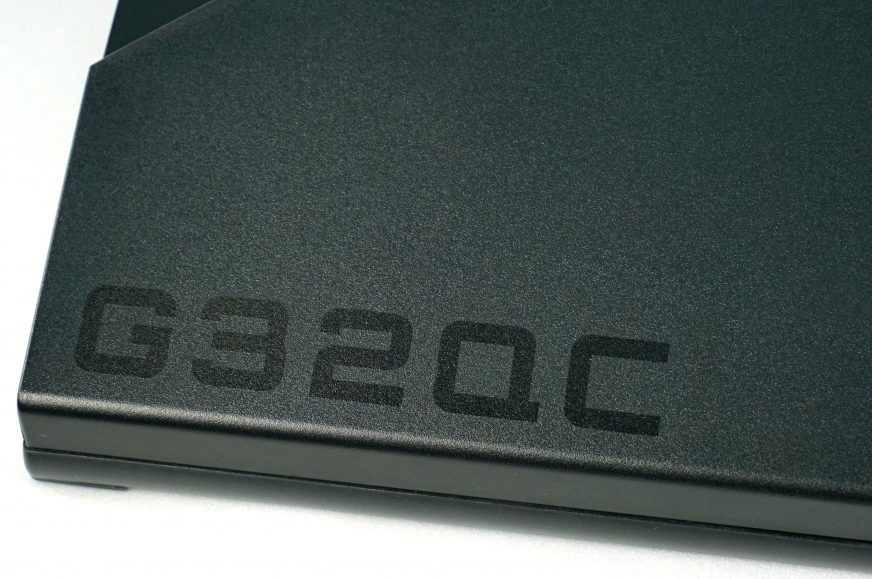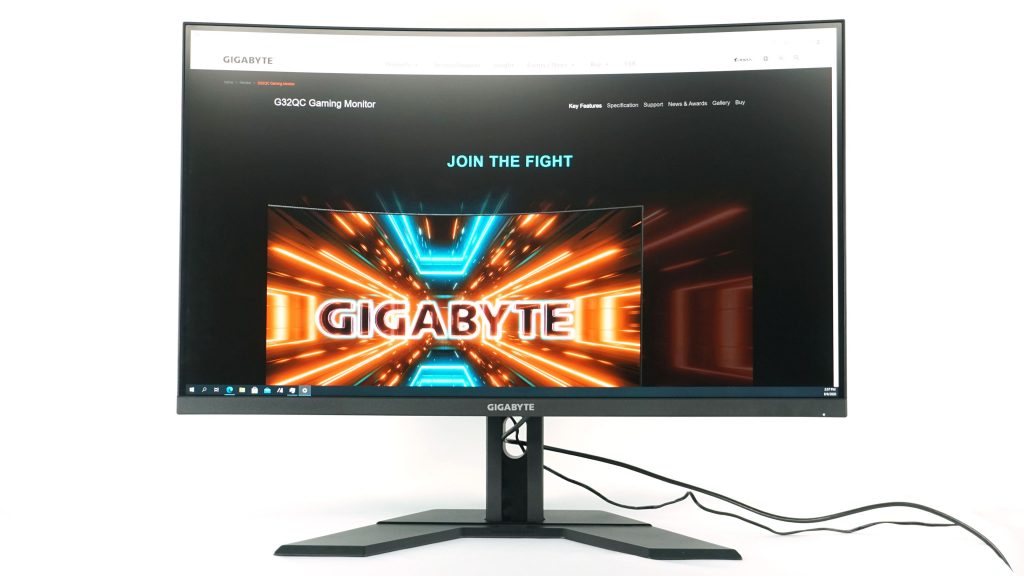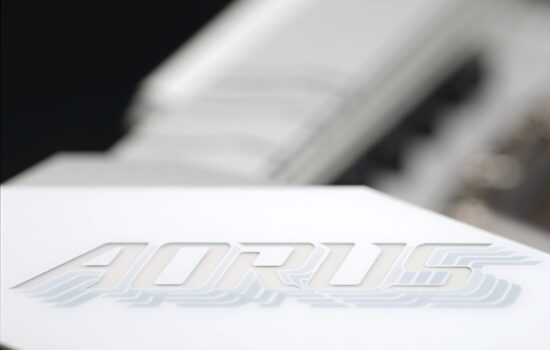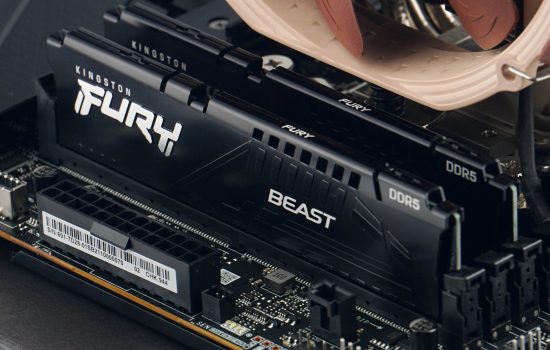Conclusion
Gaming monitors are available in various sizes, formats and curvatures. We’ve had a few 27″ models here lately, representing the current mainstream. But what if you want something bigger, but ultrawide isn’t right for you? In that case, you’ll probably reach for a 32″ display. Would you also like a curve, a lot of Hz and various gaming features? Then you may be interested in Gigabyte G32QC.
Conclusion
Gigabyte G32QC shows a slightly different view on the topic of gaming monitors than the last few reviewed pieces. On the one hand, it is larger than usual, it also offers a curvature, but above all its design is rather moderate than if it was screaming “I am a gaming monitor”. This may suit certain customers more than crazy RGB disco or red tints, which we are somehow used to. With larger dimensions comes less flexibility and the monitor only offers height adjustment and tilt, rotation or pivot are missing. However, with such a large screen and curvature, pivot doesn’t even make sense.
I can praise the port selection, which is sufficient but not exaggerated. Probably the strongest aspect of the monitor are the game functions, which is expected in a gaming display. The OSD menu is very extensive and offers a number of settings as well as dedicated game functions such as Game Assist, Dashboard or the possibility of connecting to a PC via the Sidekick OSD. Black Equalizer deserves special attention, offering up to 20 levels, which is truly unprecedented. So far, I’ve mostly come across about four. Speaking of gaming features, the 165 Hz panel in QHD resolution is also slightly above standard over the traditional 144 Hz. However, you would only notice the difference in a direct comparison, and even that might have not been completely visible. I commend the presence of FreeSync Premium Pro and also the compatibility with G-Sync.
As we have mentioned several times during the reviews, the HDR 400 certification is more of a marketing practice than a really usable function, as evidenced by the measured brightness of 360 nits, which is not bad at all, but it is not enough for full HDR experience. Perhaps the biggest disappointment is the uniformity of the Samsung panel used, which shows large light differences in the display of black. This is probably the only thing I can blame the monitor for. The price is also well set, if you look on the Internet, you can buy it for less than 400 euros, which I consider a very interesting and advantageous purchase for this size and functions, if you can tolerate that uniformity.
English translation and edit by Lukáš Terényi
| Gigabyte G32QC |
| + good performance for a pleasurable price |
| + VA panel with great color interpretation |
| + many gaming functions and connection to a PC |
| + FreeSync support and G-Sync Compatible |
| + a pair of USB connectors, audio connector |
| + quite a flat stand, where other stuff can be placed |
| - backlight bleed |
| - limited positioning options (relatively common at 32" and curvatures) |
| - longer setup |
| - sRGB mode significantly worsens color interpretation |
You can buy this monitor at our partner’s website czc.cz for 10 990 CZK/410 EUR











